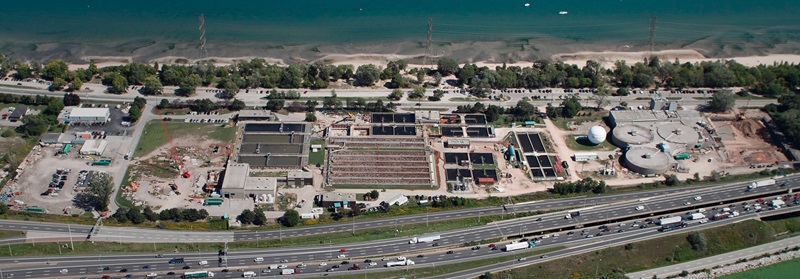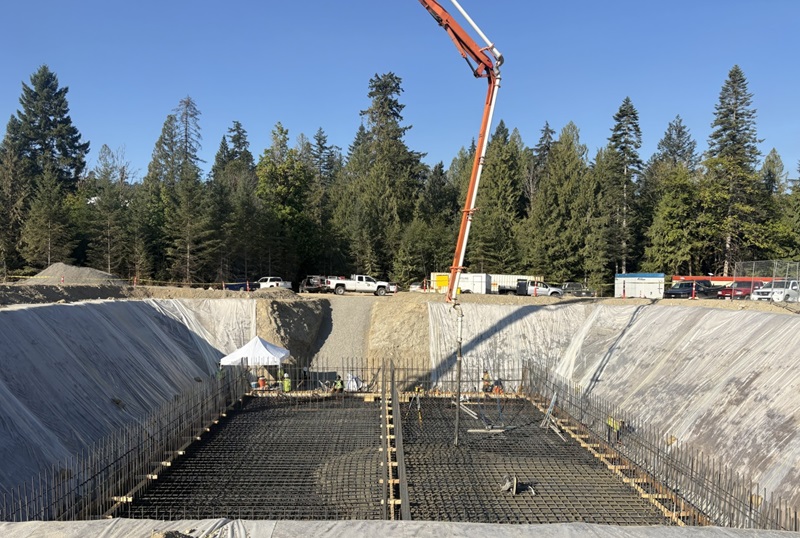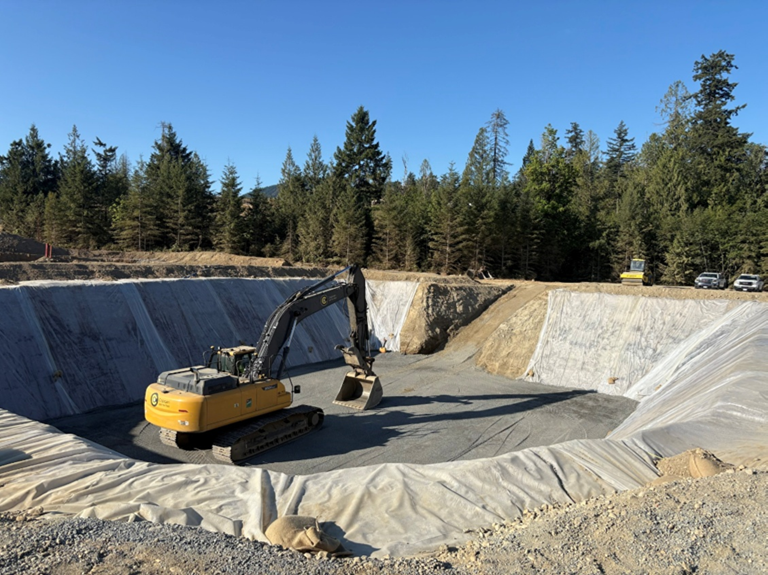
Integrated Project Delivery (IPD)
Integrated Project Delivery (IPD) is a collaborative construction project delivery method that involves a multi-party agreement between key stakeholders, including the owner, architect, contractor, and sometimes key subcontractors and suppliers. The goal of an IPD is to integrate people, systems, business structures, and practices into a process that collaboratively harnesses the talents and insights of all participants to optimize project results, increase value to the owner, reduce waste, and maximize efficiency.
Key Features:
- Multi-Party Agreement: All primary stakeholders sign a single, unified contract that outlines shared responsibilities, goals, and risks.
- Shared Risk and Reward: The project team shares the financial risks and rewards, aligning their interests and incentivizing collaboration and efficiency. If the project is under budget, the savings are shared; if it goes over, the burden is also equally distributed.
- Collaborative Decision-Making: IPD promotes a team-oriented approach where decisions are made collectively, ensuring that the best ideas are implemented regardless of their source.
- Early Stakeholder Engagement: Key project participants are involved early in the design process, which helps identify potential issues and find cost-effective solutions before construction begins.
- Open Communication: Transparency and open communication are critical in IPD projects, ensuring that everyone has access to the same information and can contribute to decision-making processes.
Advantages:
- Improved Project Outcomes: The collaborative nature of IPD projects often leads to higher quality, reduced waste, and greater innovation, as all stakeholders work together towards shared goals.
- Accelerated Project Completion: Early involvement and continuous collaboration of key stakeholders can streamline the project timeline, reducing delays and expediting delivery.
- Cost Savings: By reducing inefficiencies and encouraging early problem-solving, IPDs can help lower costs and minimize budget overruns.
- Enhanced Relationships: The collaborative process fosters stronger, trust-based relationships between all parties, which can lead to better communication and fewer disputes.
Disadvantages:
- Complex Implementation: Setting up an IPD project requires careful planning, a clear definition of roles and responsibilities, and a cultural shift towards collaboration, which can be challenging for organizations using traditional methods.
- Higher Upfront Costs: The initial setup of an IPD project, including legal fees, negotiations, and team-building activities, can be more expensive than traditional methods.
- Risk Sharing: While shared risk can be an advantage, it also means that all parties are exposed to potential financial losses if the project encounters significant challenges.
- Cultural Shift: Success in IPD projects often requires a cultural shift towards collaboration and trust, which can be difficult for organizations or individuals to embrace fully.
Applications:
IPD is best suited for complex, large-scale projects where the benefits of early collaboration, shared risk, and integrated decision-making can be fully realized. It is particularly effective in projects where quality, innovation, and efficiency are high priorities and where the project owner values long-term relationships with their design and construction partners.




